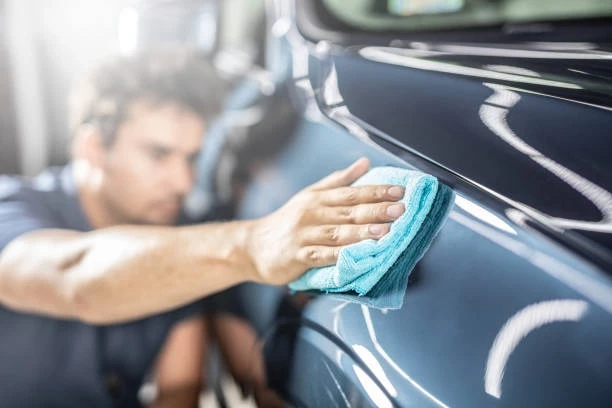Introduction
In the world of automotive aesthetics, the allure of a pristine paint job is undeniable. However, over time, the exterior of a vehicle inevitably succumbs to the wear and tear inflicted by the elements. Sunlight, rain, and pollutants contribute to the gradual deterioration of the paint surface, leading to a phenomenon known as oxidation. This degradation not only affects the visual appeal of a vehicle but also jeopardizes its protective barrier. Enter the transformative realm of paint correction, a meticulous process that goes beyond the superficial to restore and rejuvenate automotive surfaces.
Understanding Paint Correction
Paint correction is not merely a cosmetic endeavor; it is a mastery of technique and precision. At its core, it involves the removal of imperfections, such as swirl marks, scratches, and oxidation, to unveil the true vibrancy of the underlying paint. While conventional detailing may address surface-level blemishes, paint correction delves deeper, aiming to rectify the underlying causes of degradation. Oxidation removal becomes a pivotal aspect of this process, as it eradicates the dull and chalky appearance that results from prolonged exposure to environmental aggressors.
The Art of Oxidation Removal
Oxidation, the nemesis of automotive finishes, occurs when oxygen reacts with the molecules in the paint, leading to a chemical breakdown. This manifests as a faded and lackluster surface that diminishes the overall aesthetic appeal of a vehicle. Successful paint correction, therefore, necessitates a targeted approach to oxidation removal. Cutting-edge compounds and abrasive materials are employed to eliminate the oxidized layer, unveiling the vibrant colors that lie beneath. The skilled practitioner understands the delicate balance required, ensuring that the correction process neither compromises the paint thickness nor leaves behind unsightly marks.
Armed with an arsenal of specialized tools, including rotary and dual-action polishers, paint correction specialists navigate the intricate contours of a vehicle's surface. They meticulously work to level imperfections, gradually restoring the paint to its original glory. The art lies not only in the technical proficiency but also in the nuanced understanding of the unique characteristics of different paint types and finishes.
Conclusion
Beyond the superficial gloss of a freshly detailed vehicle lies the artistry of paint correction, a craft that transcends conventional automotive care. By addressing oxidation and other forms of wear and tear at their roots, paint correction breathes new life into weathered exteriors. The result is not just a visually striking finish but a protective shield against the elements. As automotive enthusiasts increasingly seek longevity and resilience in their vehicles' appearances, mastering the art of paint correction oxidation removal a vehicle's aesthetic longevity.


